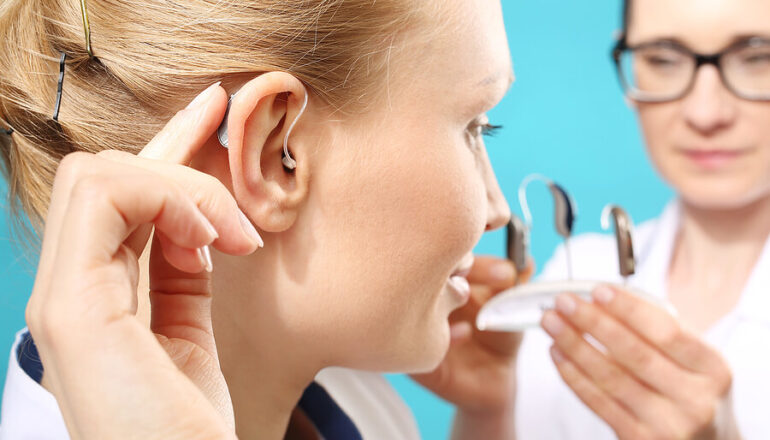Choosing the right hearing aids can transform your daily life. When hearing becomes challenging, conversations grow difficult, and connecting with loved ones requires more effort. Today’s hearing technology offers solutions that bring sounds back into focus and help you engage fully with your world again.
The process might seem overwhelming at first, with numerous brands, styles, and price points to consider. What works for one person may not be ideal for another. That’s why a thoughtful approach is needed. This guide will help you make a smart choice that fits your hearing needs, lifestyle, and budget.
Get a Complete Hearing Test
Before looking at any hearing aids, schedule a test with a hearing health professional. This test will show the type and degree of your hearing loss. Your hearing health professional will check how well you hear different sounds and understand speech. They will also look in your ears to check for medical issues that might need attention. These results form the base for all your hearing aid choices.
Know Your Hearing Needs
Think about your daily life. Where do you have the most trouble hearing? Maybe it’s during family dinners, at work meetings, or while watching TV. Make a list of these situations to share with your hearing health professional. This information helps them suggest the right features. For example, if you often talk on the phone, you might need hearing aids with Bluetooth. If you spend time outdoors, water-resistant models might work better for you.
Set a Budget
Most insurance plans don’t fully cover them, so check your benefits early. Medicare typically doesn’t cover hearing aids, but some Medicare Advantage plans might help. Many hearing health professionals offer payment plans. Some places also have lower-cost options or refurbished aids. Remember, the most costly aids aren’t always the best for your needs.
Try Different Styles
Hearing aids come in various styles to meet different needs. Behind-the-ear (BTE) models sit behind the ear and suit most hearing losses. In-the-ear (ITE) aids fill the outer ear and are easier to handle for those with dexterity issues. In-the-canal (ITC) aids fit partly in the ear canal and are less visible.
Completely-in-canal (CIC) aids sit deep in the ear canal and are nearly invisible, ideal for mild to moderate hearing loss but can be challenging to handle. Trying samples with your hearing health professional can help you find the best fit.
Check Key Features
Modern hearing aids offer various features to enhance your hearing experience and quality of life. Directional microphones focus on sounds in front of you, reducing background noise. Noise reduction makes loud environments more comfortable. Rechargeable batteries eliminate the hassle of changing tiny batteries.
Smartphone connectivity lets you adjust settings through an app and stream audio directly to your hearing aids. The telecoil feature improves hearing on the phone and in venues like theaters. Discuss these options with your hearing health professional to find features that fit your needs and budget.
Take Advantage of Trial Periods
Most providers offer a trial period of 30 to 60 days. During this time, wear your hearing aids in all your normal settings. Keep notes about what works well and any issues you have. Don’t get upset if things aren’t perfect right away. Your brain needs time to adjust to hearing sounds it hasn’t heard in a while. Share your feedback with your hearing health professional so they can make any needed adjustments.
Plan for Long-term Care
Hearing aids need regular care to work their best. Ask your hearing health professional about cleaning tools and methods, how often to change batteries or recharge, warranty coverage, follow-up appointments, and costs for future adjustments. Most hearing aids last 5-7 years. Knowing the care needs helps you plan for the future.
Get Support for Adjustment
Getting used to hearing aids takes time. Sounds may seem too loud or strange at first. This is normal. Your hearing health professional can assist in making small adjustments to sound settings, suggest a wearing schedule to aid your adjustment, teach you how to care for your devices, and connect you with support groups. Remember that better hearing is a journey. With the right support, you’ll soon enjoy the benefits of your hearing aids. Contact us for assistance in getting hearing aids for you.


